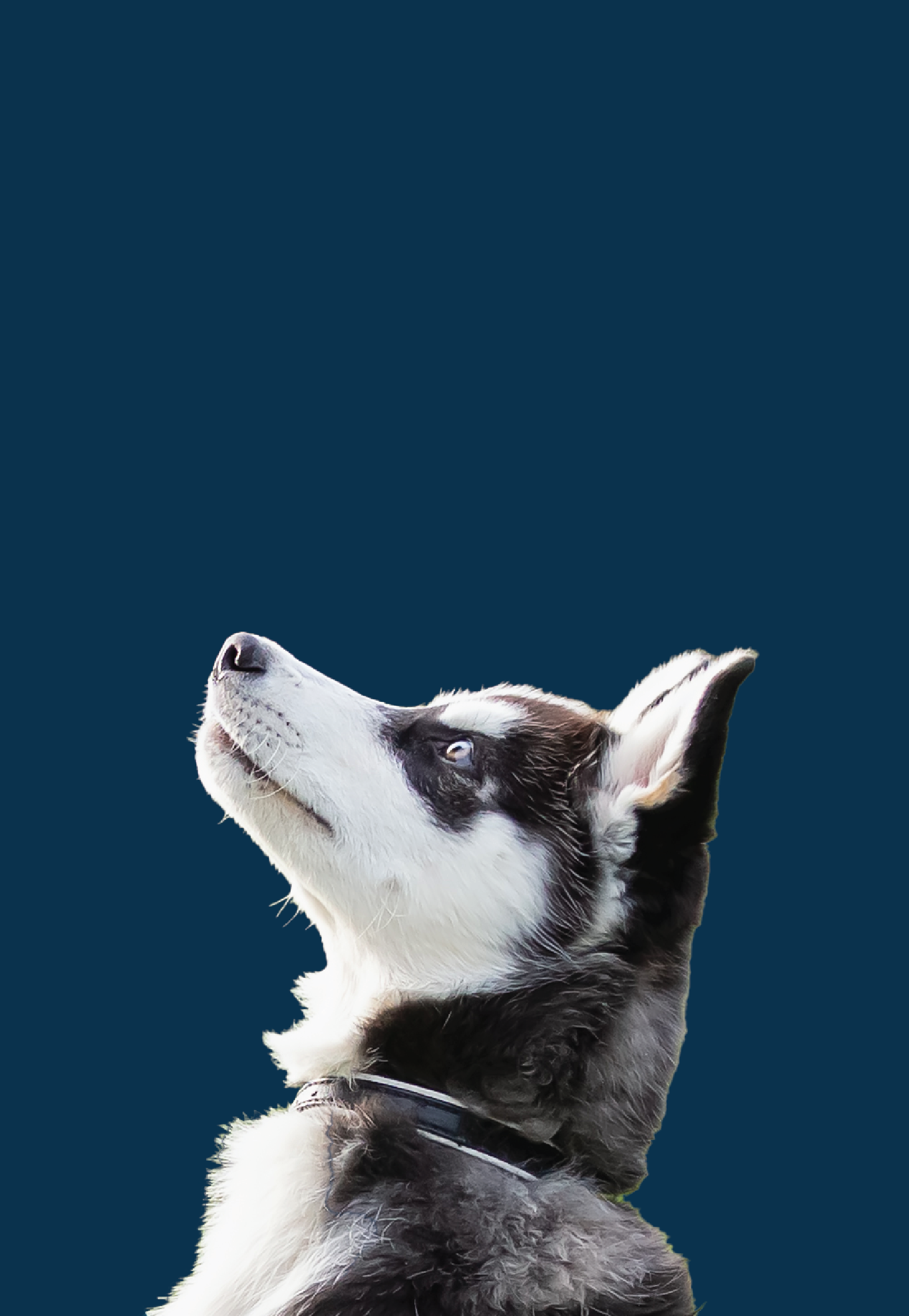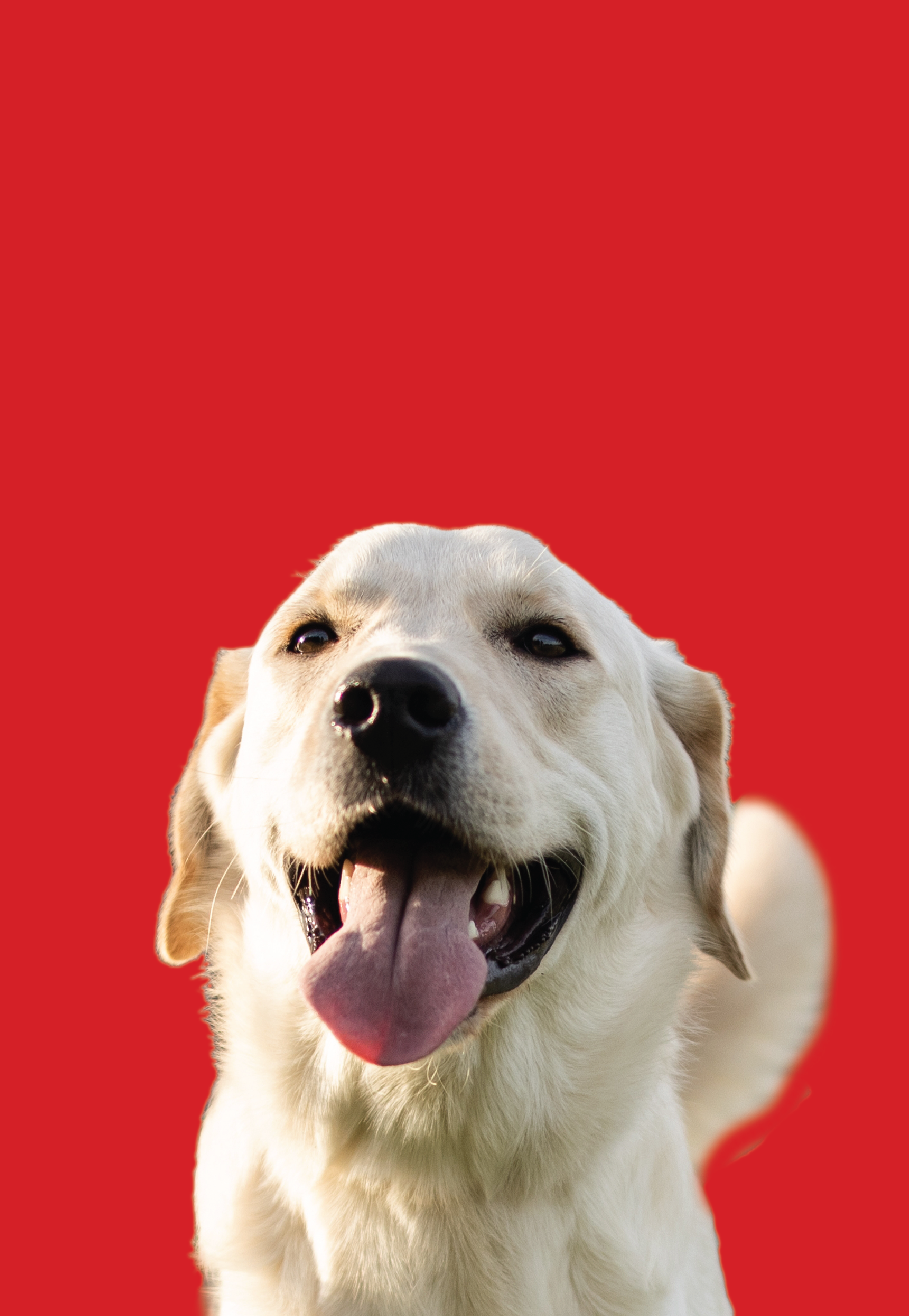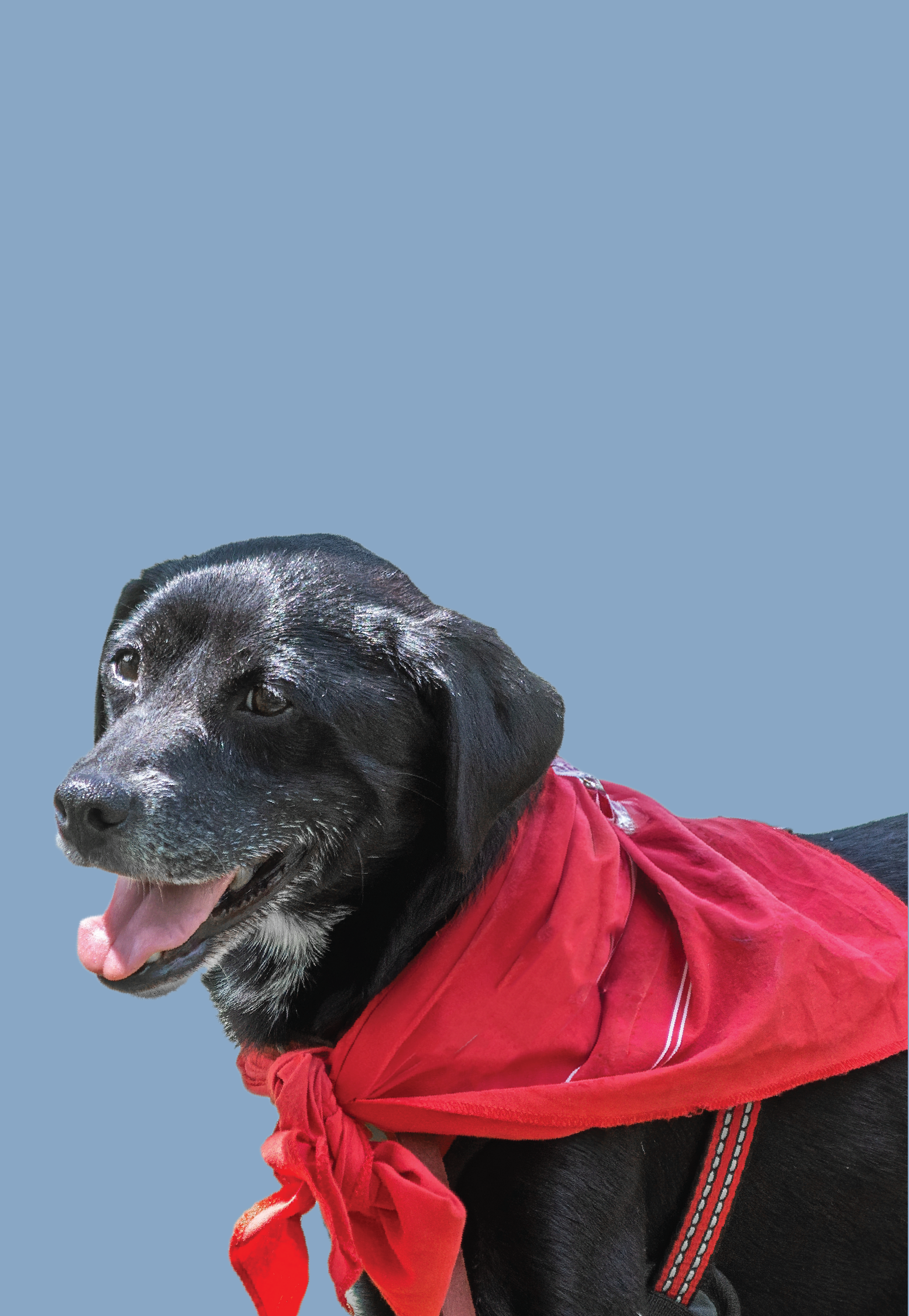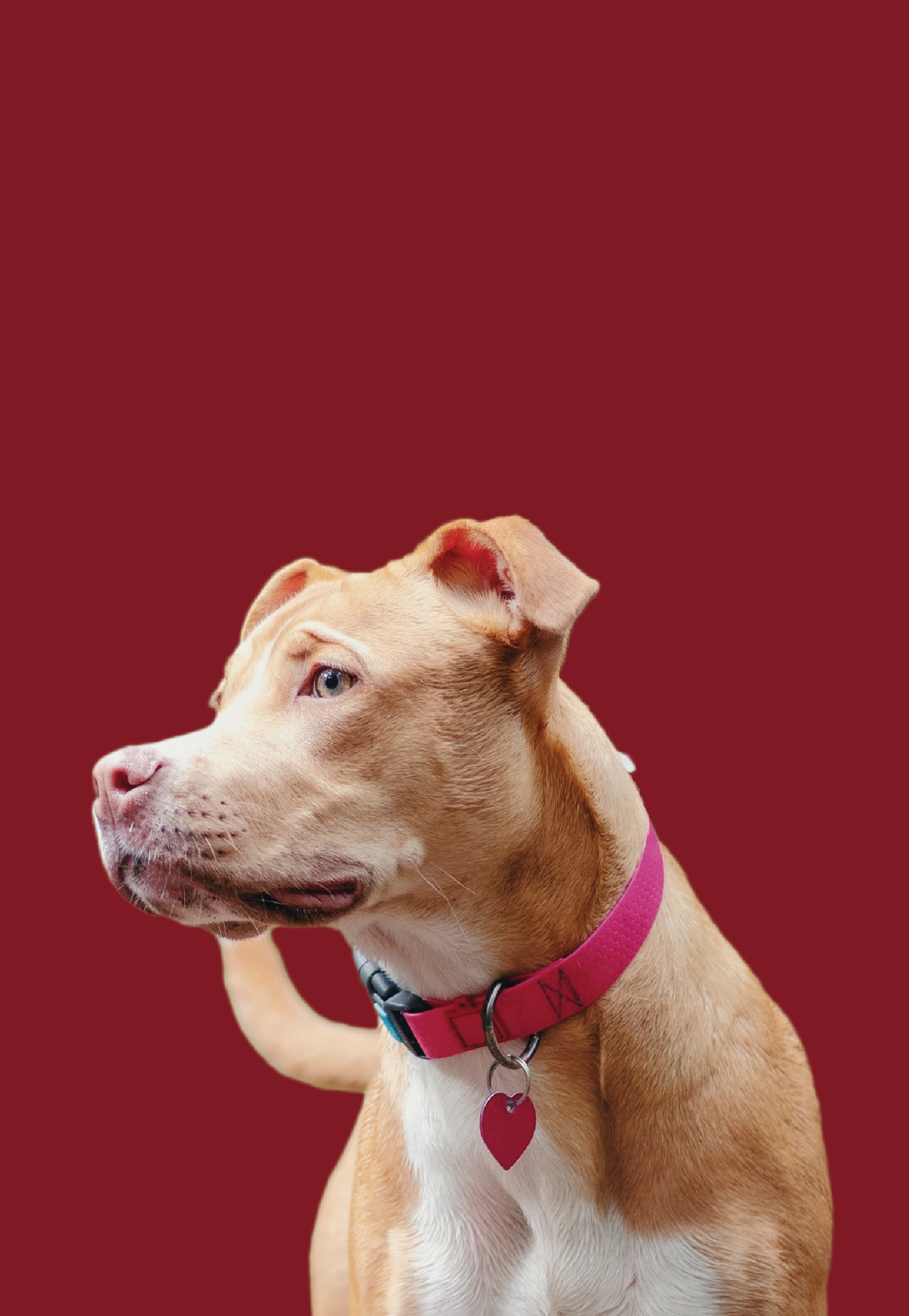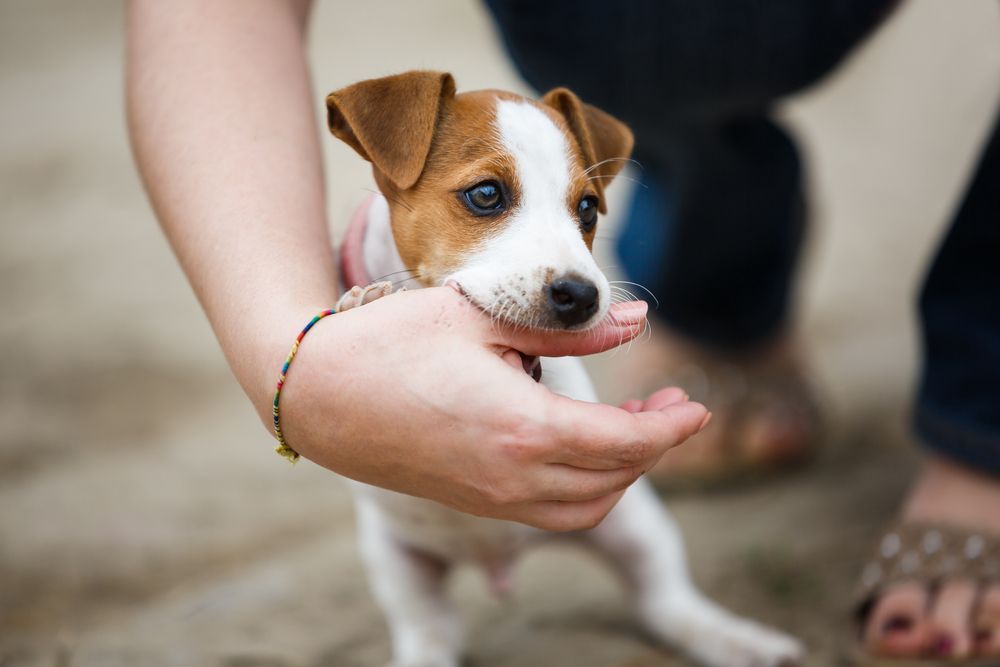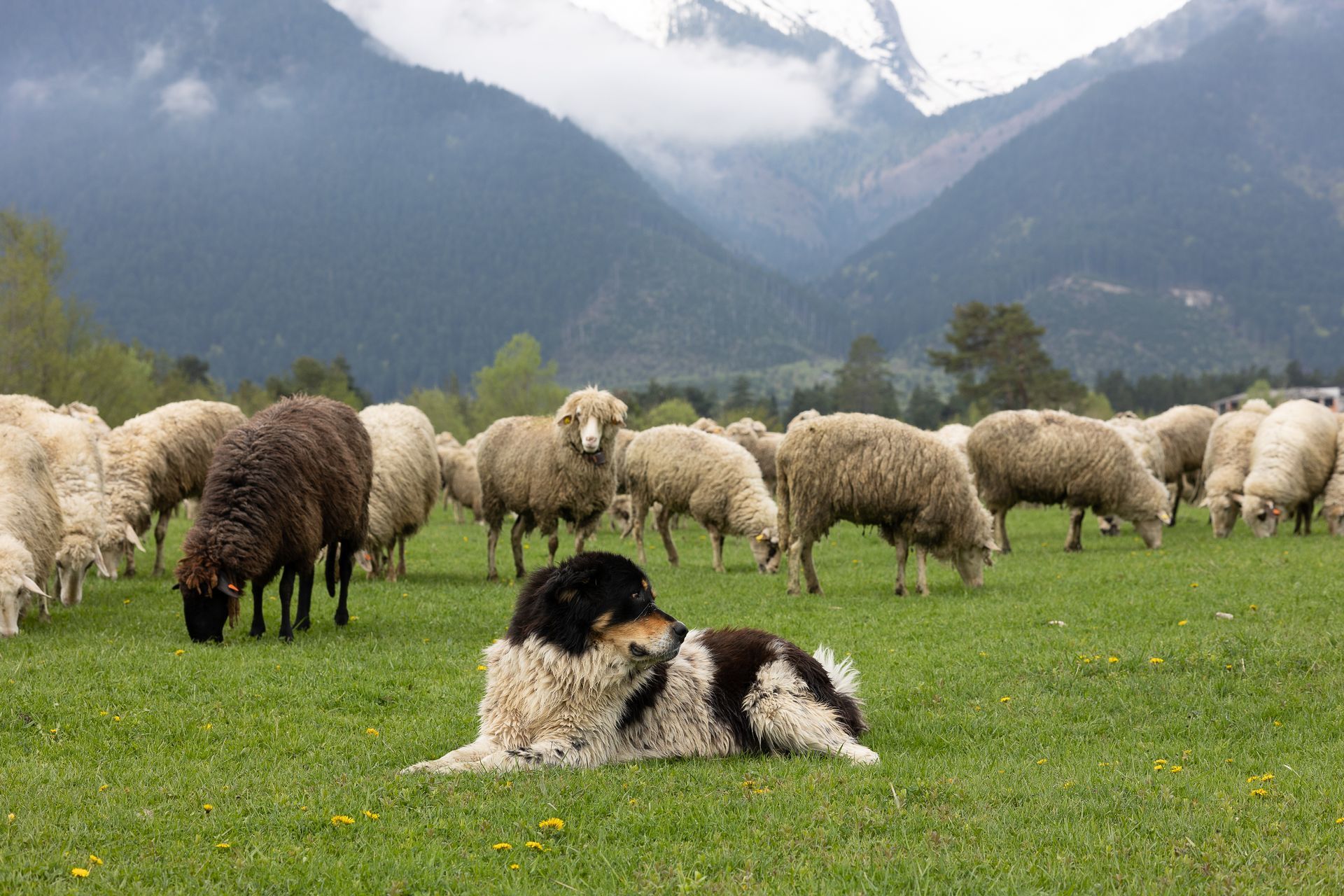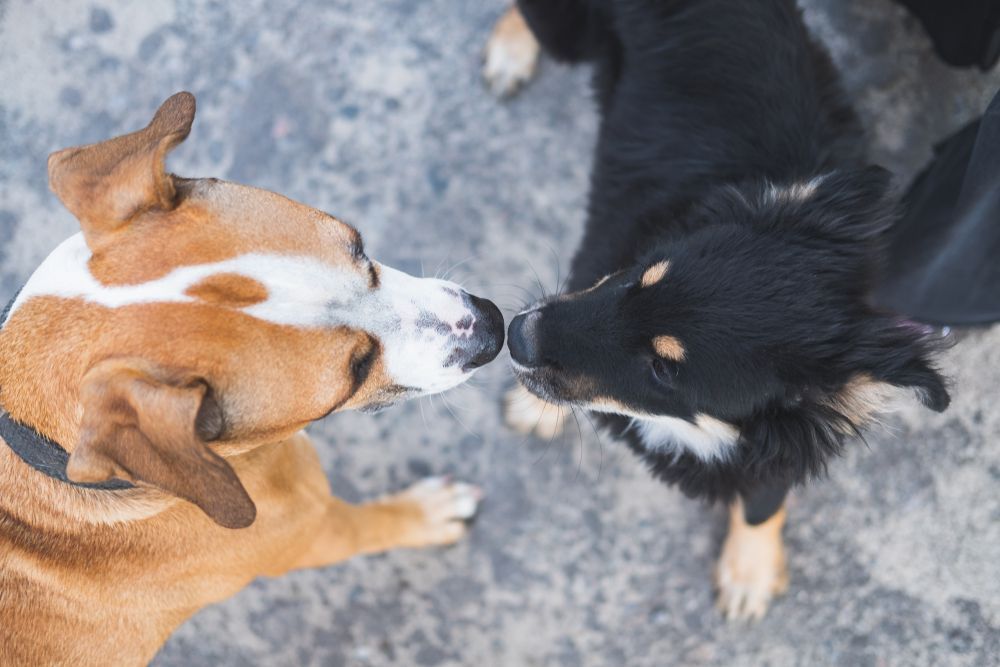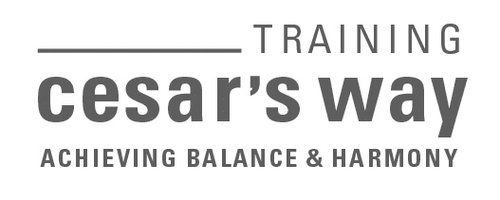How to Stop Your Puppy from Biting, Nipping, & Mouthing
Share this Article:
Written by: Always Faithful Dog Training
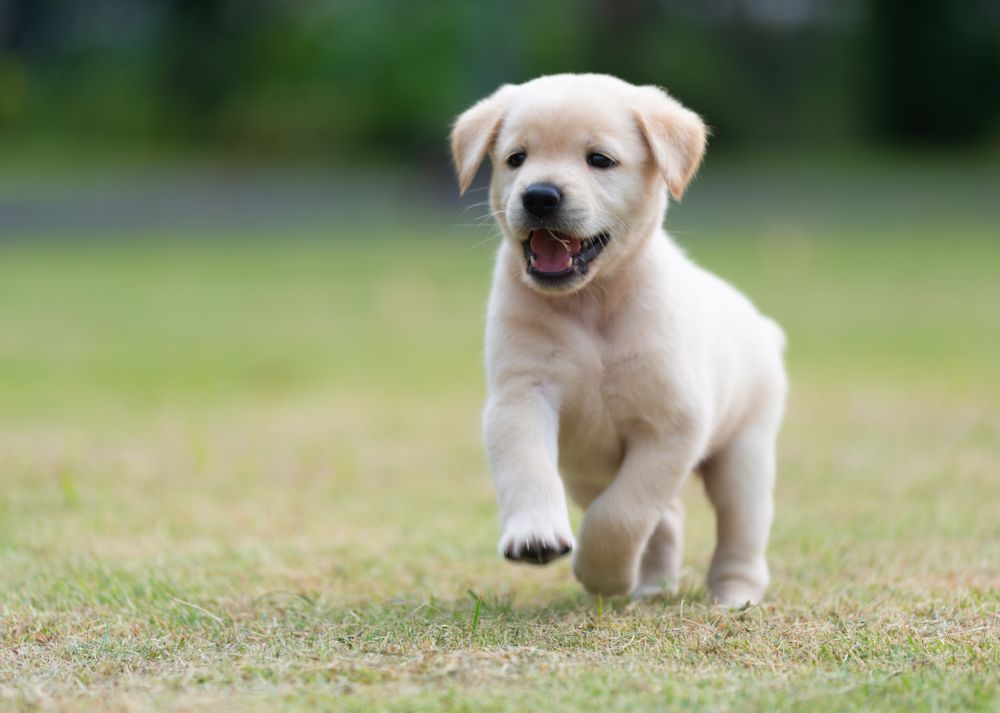
Puppies are full of energy and curiosity, but one common issue many new dog owners face is biting, nipping, and mouthing. These behaviors are natural for young dogs, as they explore the world with their mouths, but they can quickly become a problem if left unchecked. Knowing how to stop your puppy from biting is essential to creating a safe and harmonious environment for both you and your dog. With the right guidance and a little patience, you can help your furry friend grow into a well-mannered companion.
Why Do Puppies Bite, Nip, and Mouth?
Puppies naturally use their mouths to discover the world around them. Biting, nipping, and mouthing are common behaviors during their early development for a few reasons including:
Teething: As their baby teeth come in, puppies experience discomfort, and chewing helps relieve the pain.
Play and Socialization: In a litter, puppies often bite and nip at each other while playing. It’s their way of learning boundaries and testing limits.
Exploration: Puppies don’t have hands like humans, so they use their mouths to investigate new things, objects, and even people.
Seeking Attention: Sometimes, biting and nipping can be a way for your pup to get your attention, especially if they haven't learned better ways to communicate.
While these behaviors are normal, teaching your puppy what’s acceptable and what’s not is important. Left unaddressed, these habits can turn into more serious behavioral issues as your dog grows older.
The Importance of Bite Inhibition
Bite inhibition, a puppy’s ability to control the force of their bite, is a key skill that builds a foundation for safe and calm interactions. In a litter, puppies learn this naturally—when one bites too hard, another yelps, signaling that the bite was too much. As a puppy owner, it’s essential to continue this lesson. Teaching bite inhibition ensures that even if your dog is startled or excited in the future, they’ll instinctively manage their bite without causing harm.
Biting has important benefits, too. Puppies bite to explore, release energy, and practice social skills. By mouthing and biting gently, they’re communicating excitement, curiosity, or a playful invitation. Teaching bite inhibition doesn’t mean stopping this communication; it simply guides your puppy to control their bite. This way, even in moments of high energy or surprise, they’ll naturally apply a gentle touch—keeping interactions safe and enjoyable for everyone.
Methods to Help Prevent Mouthy Puppies
Managing a mouthy puppy requires a proactive approach, and there are several methods to help steer them away from biting and nipping. It’s all about creating an environment where your pup understands boundaries and knows how to behave appropriately. By consistently guiding their behavior and offering constructive ways for them to release their energy, you’ll make it easier for your little one to learn. Setting a routine and being mindful of their needs will go a long way in preventing unwanted mouthing as they grow.
Plenty of Exercise
Puppies are a bundle of energy so they need plenty of exercise. Walking your puppy on a leash is an important part of exerting that energy and bonding with your puppy as their pack leader. Playing in the yard is also a great way to exert energy but not a substitute for the all-important walk.
Start Early
The sooner you address biting and nipping, the better. Puppies are fast learners, especially when they’re young and still developing habits. Don’t wait for the behavior to become a problem—catch it early. Start teaching boundaries as soon as you bring your puppy home. When your puppy bites or nips, calmly but firmly correct them so they begin to understand that it’s not acceptable.
Use Commands
Teaching basic commands like “no” or “leave it” can be highly effective in curbing biting and nipping. Whenever your dog starts to mouth or bite, use a clear and firm command to stop the behavior. Keep it simple and consistent so your puppy can easily understand. Over time, they’ll learn to associate the command with stopping the unwanted action. Be patient and ensure that everyone in the household uses the same commands to avoid confusing your puppy.
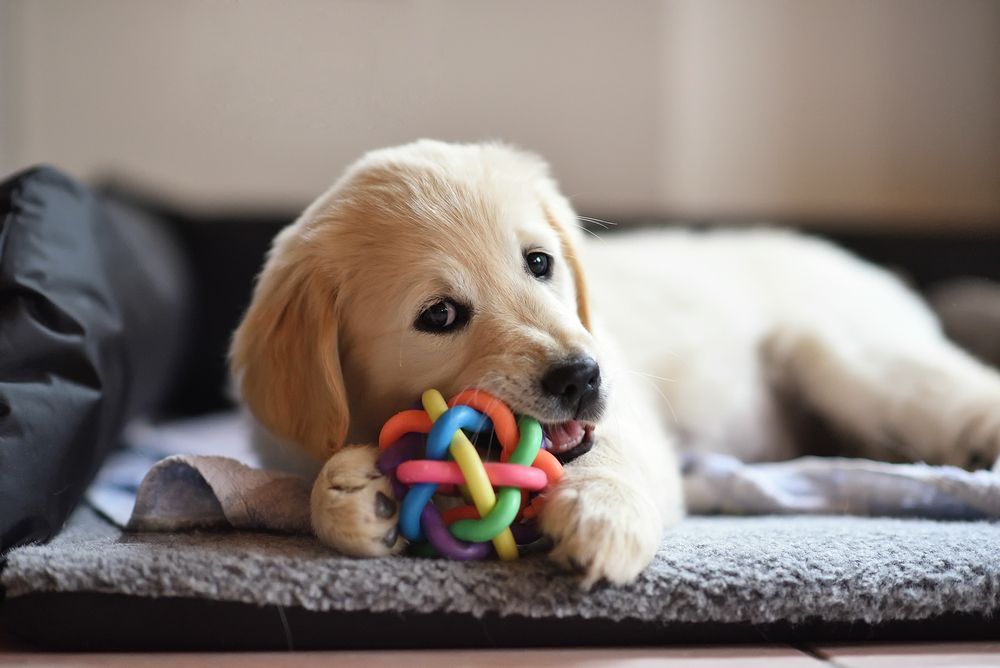
Give Them Chew Toys
Puppies have a natural urge to chew, especially when they’re teething, so providing appropriate chew toys is a great way to redirect that energy. Make sure your puppy has a variety of safe, durable toys to satisfy their need to bite without damaging furniture or nipping at you. When your puppy starts mouthing, gently replace your hand or the object they’re biting with a chew toy. This helps them learn what’s acceptable to chew on and instills good habits.
Establish Nap Times and Bathroom Trips
A well-rested puppy is less likely to become mouthy or overly excitable. Puppies need plenty of sleep, so it’s crucial to establish regular nap times throughout the day. Over-tired puppies are more prone to biting and nipping. Additionally, frequent bathroom breaks prevent accidents and give your puppy a chance to reset. A structured routine of naps and bathroom trips helps regulate their energy levels and keeps them calmer, reducing the likelihood of undesirable behaviors.
Put Them in Time Out
If your puppy continues to bite or nip despite corrections, a brief time-out can be an effective solution. Time outs should be calm and short—just enough to let your puppy know that biting leads to losing playtime or attention. This break helps them understand the consequences of their behavior without overwhelming them. Make sure to choose a quiet space where they can settle down. Over time, your puppy will learn that biting results in a pause in fun, encouraging them to behave more appropriately.
Methods to Avoid To Prevent Mouthy Dogs
While there are effective ways to manage a mouthy puppy, there are also common mistakes that can unintentionally reinforce bad habits. Some approaches might seem like they’re working in the short term, but they can actually make the problem worse over time. It's important to avoid these pitfalls when trying to stop undesirable actions.
Avoid Using Physical Discipline
Using physical discipline, like hitting or pushing your puppy, is not only ineffective but can also harm your relationship with them. This type of punishment often causes fear or aggression, leading to even more problematic behaviors. Puppies don’t understand physical corrections the way humans might think—they’ll associate the action with fear rather than learning a lesson. Instead of stopping the biting, it can make your puppy anxious and confused, which ultimately worsens the behavior.
Avoid Harsh Language or Yelling
Raising your voice or using harsh language when your puppy acts out can actually escalate the problem rather than solve it. Yelling may startle your puppy, but it doesn’t teach them what they should be doing instead. In fact, it can create anxiety or cause them to become more reactive. Puppies respond better to calm, clear communication, so it’s important to remain composed and avoid harsh reactions when correcting their behavior.
Avoid Using Physical Restraints
Physically restraining your puppy when they bite or nip might seem like a quick fix, but it can actually create more stress and confusion. Holding a puppy down or using forceful restraint teaches them to fear handling rather than encouraging good behavior. This approach can damage the trust between you and your dog, leading to more anxiety or resistance. It’s always better to guide your puppy with calm, gentle methods instead of physical force.
Our Puppy Obedience Training Can Help!
Dealing with a mouthy pup can be frustrating, but you don’t have to tackle it alone. At Always Faithful Dog Training, we specialize in teaching you how to effectively manage biting, nipping, and other challenging behaviors using proven leadership techniques. Our in-home obedience training is designed to guide you and your companion toward a happy, balanced relationship—without treats, clickers, or shock collars.
Find a
trainer near you to start your journey toward a well-behaved, happy puppy!
Connect with Us:
